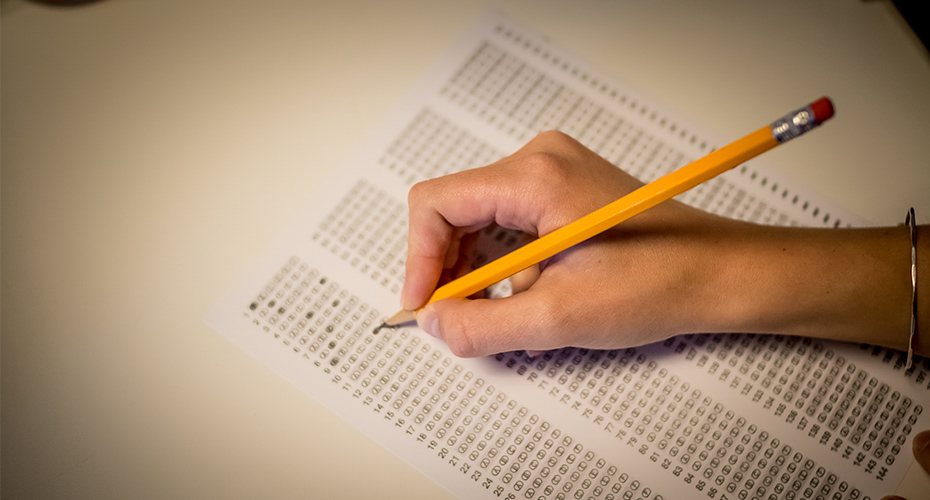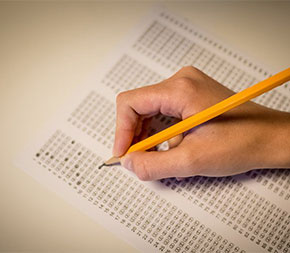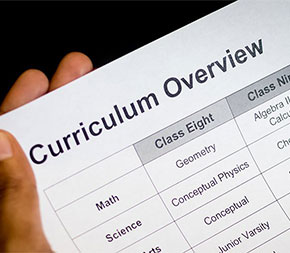A Brief Introduction to the Praxis I, II, and III Teaching Exams

by All Star Staff


To teach in the public school system, you must take at least one state-mandated exam to become a certified teacher. Depending on the state you live in, and the grade level and subjects you want to teach, you may have to pass a number of tests during the teacher certification process. The most popular teaching exam to become a teacher are the Praxis teaching exams.
To help you anticipate the types of exams you may be taking, we’ve gathered information on the most common exams. Read on to learn about the important national teaching exams, Praxis I®, Praxis II® and Praxis III®.
Praxis Teaching Exams in America
The teacher certification process in the U.S. ensures that teachers are qualified to teach our children. Public school teachers have completed their teacher education and student teaching, and have satisfied the examination requirements set by the state in which they want to teach. Each state sets its own teaching exam requirements and determines the scores needed to become a certified teacher.
Because the education field varies by age group and subject matter, testing criteria for a generalist elementary school teacher can be quite different from those for a high school science teacher, and even more so from those for a specialist position such as middle school speech therapist.
To ease the difficulty of navigating through the dozens of teaching exam options available, the Educational Testing Service (ETS), a nonprofit organization that oversees other national tests such as the TOEFL and SAT, created the Praxis tests for potential teachers.
To learn what tests your state requires, contact your State Department of Education or search for your state on our Teacher Certification page.
Praxis I Exam
The Praxis I® exam, also known as the Pre-Professional Skills Test (PPST), is a basic test of your reading, writing and mathematical skills. It is sometimes required before being admitted into a teacher training program. Some states require successful completion of the test to earn certification and some do not.
The PPST can be taken on a computer or in paper form, with only slight variations between the two. The computerized test can be taken in two separate two-hour sittings or as a combined test in four and a half hours. The paper-based test consists of three separate one hour tests that can be taken separately or on the same day.
Math, reading and writing questions are evenly distributed in the Praxis I®. The math and reading sections are all multiple choice while the writing section contains both multiple choice questions and an essay question. All sections are timed. Scoring for the PPST is simply a count of the questions you answered correctly, so you are not penalized for attempting to answer all questions.
Praxis II Exams
There are multiple Praxis II® teaching exams available to potential teachers. Each measures your knowledge of a specific subject or grade level and of related teaching skills. Praxis II® tests are often required to complete state teacher certification requirements. There are three different types of PRAXIS II assessments:
- Praxis II® Principals of Learning and Teaching (PLT) tests measure your pedagogical knowledge for either early childhood, kindergarten through 6th grade, 5th through 9th grade, or 7th through 12th grade.
- Teaching Foundations tests focus on your knowledge of pedagogy in five major subject areas including English, language arts, math, science and social studies.
- Subject Assessments measure your knowledge and teaching skills for a specific subject. These tests are often used to award teaching endorsements that comply with the national drive to employ teachers who are considered “highly qualified” to teach specific subjects.
Praxis II® tests are offered on paper only at specified testing locations. Each test is timed and lasts one, two or four hours. You may take more than one test per testing day based on availability and session schedules. All three types of Praxis II® teaching exams include both multiple choice questions and constructed-response questions. Your score will be mailed to you approximately four weeks after the test date, and additional paper copies and phone scoring are also available for a fee.
The Praxis III Exam
The Praxis III® exam is a test that licensing bodies use to determine teacher readiness for full certification in certain states. It is administered to beginning teachers (often those teaching under a provisional or temporary teaching license) to assess their classroom practice techniques and teaching skills.
A decidedly more flexible teaching exam than any of the other Praxis tests, the Praxis III® utilizes trained assessors to interview teachers and monitor in-class teaching and other professional duties. Assessors measure 19 criteria that fit into the following categories:
- Classroom environment
- Lesson plans
- Instruction
- Professionalism
The amount of assessment varies based on state regulations and time constraints. Your teacher education program will prepare you to meet the requirements in your state, but you can contact your state Department of Education if you have further questions.
Other Teaching Exams
While the Praxis teaching exams are the most commonly used teaching tests in the U.S., some states use their own assessments instead of these national tests. For example, California utilizes a test called the California Basic Educational Skills Test (CBEST) instead of the Praxis I® or PPST, and another set of teaching exams called the California Subject Examinations for Teachers (CSET) in lieu of Praxis II® tests. Most alternate tests, like the CBEST and CSET, follow similar guidelines to their national Praxis counterparts.



